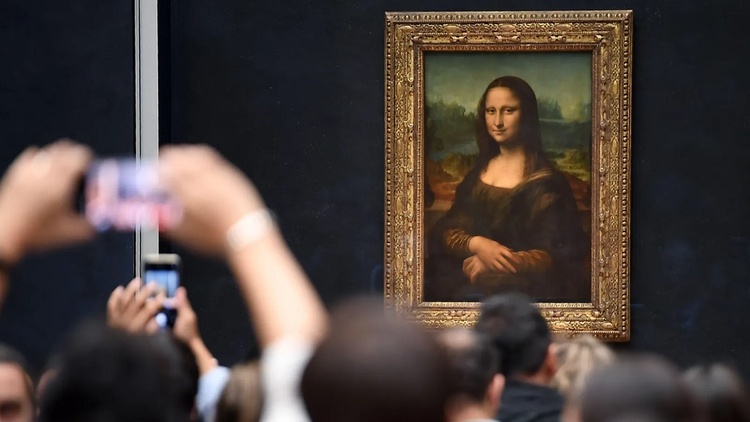
The 10 most famous paintings in the world, according to artificial intelligence
Art is a reflection of our emotions, cultures and times, and throughout history, there have been works of art that have transcended time and space, capturing the minds and hearts of people from all corners of the world.
What would be, according to OpenAI's artificial intelligence, the 10 most famous paintings in the world?
Top10, according to AI
1. Mona Lisa by Leonardo da Vinci
The "Mona Lisa," painted by Italian Renaissance master Leonardo da Vinci between 1503 and 1506, is arguably the most famous painting in the world. Located in the Louvre in Paris, the portrait is known worldwide for the protagonist's enigmatic expression, her exquisite details, and her pioneering use of sfumato.
Reasons for selection: Its fame is not only due to its artistic perfection but also to the mysteries and historical controversies it contains, including debates about the identity of the Mona Lisa and the painter's intentions.
2. Starry Night by Vincent van Gogh
Van Gogh's "Starry Night" is a post-impressionist masterpiece that captures the swirling skies above Saint-Rémy-de-Provence. It was painted in 1889 and reflects the artist's intense emotions and his fascination with infinity.
Reasons for selection: The painting's fame lies in its revolutionary brushwork, vibrant color palette and the emotional depth it portrays, which resonates with viewers and artists alike, the AI believes.
3. The Last Supper by Leonardo da Vinci
"The Last Supper", completed by Leonardo da Vinci in 1498, is a mural in the convent of Santa Maria delle Grazie in Milan. It represents the moment when Jesus announces that one of his disciples will betray him, capturing the diverse reactions of his disciples.
Reasons for selection: The selection of the painting as one of the most famous is due to its innovative composition, mastery of perspective and profound human perception.
4. Guernica by Pablo Picasso
Picasso's "Guernica" is a moving response to the Nazi bombing of the Basque city during the Spanish Civil War in 1937. In essence, it is a monumental black and white canvas that communicates the horrors of war.
Reasons for selection: “Guernica” has been selected for its powerful political statement, its emotional impact and its role in changing the perception of what art can communicate.
5. Edvard Munch's Scream
Created by Edvard Munch in 1893, it is a symbolist work that captures existential anguish. The painting depicts a figure against a blood red sky, an embodiment of the anxiety of the human condition.
Reasons for selection: The raw emotional intensity of the painting and its bold, innovative style have made it an icon of modern anguish and a precursor of expressionism.
6. Girl with a Pearl Earring, by Johannes Vermeer
Johannes Vermeer's "The Girl with the Pearl Earring," painted around 1665, is a stunning portrait that hypnotizes viewers with the gaze of the subject and the luminous pearl earring.
Reasons for selection: Often known as the Dutch Mona Lisa, her intimate portraiture and exquisite use of light make her one of the most beloved paintings of the Dutch Golden Age.
7. The Birth of Venus by Sandro Botticelli
Painted in the mid-1480s, “The Birth of Venus” depicts the goddess Venus arriving on shore after being born from the foam of the sea. It is an icon of the revival of classical beauty of the Italian Renaissance.
Reasons for selection: The painting is famous for its beauty, its mythological theme and the harmony of its composition, which embodies the spirit of the Renaissance.
8. Night Watch by Rembrandt van Rijn
"The Night Watch" is a 1642 painting by Rembrandt van Rijn that shows a group of city guards as they prepare to set out on their watch. This masterpiece is famous for its dramatic and large-scale use of light and shadow.
Reasons for selection: It is famous for its depiction of movement in what would traditionally have been a static portrait of a military group and its baroque style.
9. The Creation of Adam by Michelangelo
Part of the Sistine Chapel ceiling painted by Michelangelo between 1508 and 1512, "The Creation of Adam" illustrates the biblical creation narrative in which God gives life to the first man, Adam. It is one of the best-known frescoes of this artist.
Reasons for selection: The powerful representation of the divine spark has made this image one of the most emblematic of the Renaissance. The dynamic composition, anatomical detail, and emotional charge capture the intersection of the human and the divine, highlighting the height of humanism and its artistic ideals.
10. Las Meninas by Velázquez
This painting is one of the masterpieces of the Spanish painter Diego de Velázquez, completed in 1656. It is an enigmatic work that portrays the Infanta Margarita Teresa surrounded by her ladies-in-waiting, a dwarf, a dog, and Velázquez himself in the act of painting. What makes “Las Meninas” particularly notable is the play of perspectives and the ambiguity of the subjects and their interaction with the viewer.
Reasons for Selection: "Las Meninas" is considered one of the most analyzed and commented paintings in the history of art. Velázquez's mastery of light and composition, along with the enigma of the representation of reality and illusion, continue to fascinate art historians and painting lovers alike.
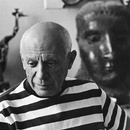
Pablo Picasso
Pablo Picasso (1881-1973) was a Spanish artist who spent most of his life in France. A true artistic giant, he excelled in painti ...
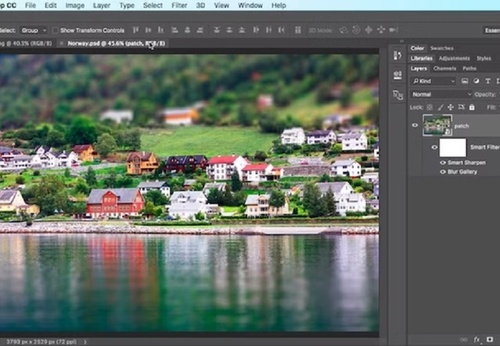
- July 02, 2025
The Best Software for Digital Art and Graphic Design

- July 02, 2025
Gallery of Posters by Cesar Alí Hernández from Mexico
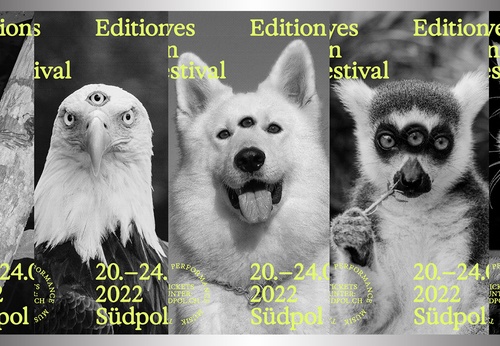
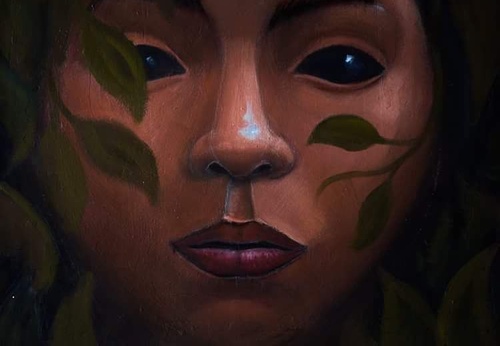
- July 02, 2025
Gallery Of Painting By Rubén Silhy - El Salvador
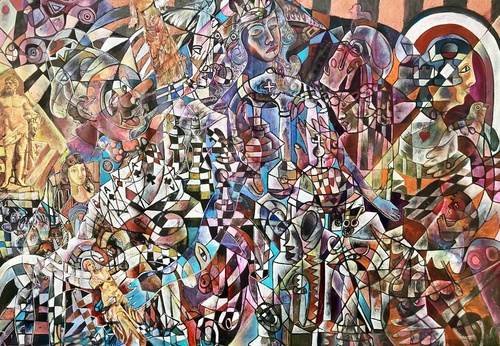

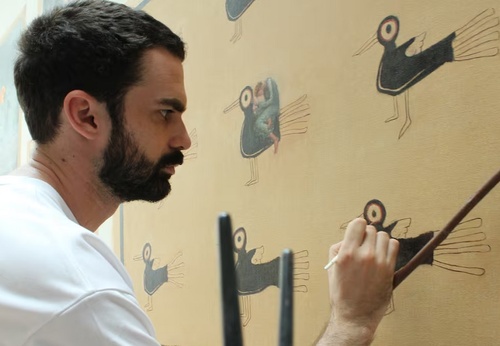
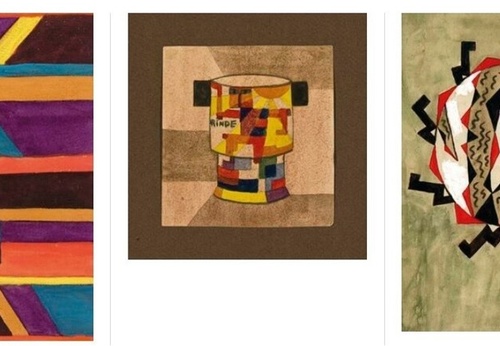
- July 02, 2025
The Major Exhibition "Before America" in Madrid

- July 02, 2025
Israel Will Surely Be Destroyed

- July 02, 2025
The Best Software for Digital Art and G…

- July 01, 2025
How Digital Artists Collaborate with Ar…

- July 01, 2025
Reflections of Digital Art in Different…

- June 30, 2025
Crítica de Obras Artísticas Criadas por…

- June 30, 2025
What are Plastic Arts?

- June 30, 2025
Images Against Silence: Artists Who Cha…

- June 29, 2025
History of Art Photography in the 20th …

- June 28, 2025
The 11 types of art and their meanings

- June 28, 2025
Contemporary Art is postmodern art

- June 26, 2025
Graphic Design, Art, and Technology: Wh…

- June 25, 2025
Graphic Design and Modern Content Creat…

- June 25, 2025
Art as a Manifestation of Resistance

- June 24, 2025
Latin American Art in the world

- June 24, 2025
Painting as a form of emotional express…

- June 23, 2025
14 questions and answers about the art …

- June 23, 2025
9 Latino painters and their great contr…

- June 22, 2025
The most famous image of Ernesto "Che" …

- June 21, 2025
Resistance in Ink and Paper: Illustrati…

- June 21, 2025
Art as a Tool for Enlightenment and Soc…

- June 18, 2025
Graphic Design and the Psychology of Co…

- August 29, 2023
The history of Bolivian art

- February 19, 2024
Analysis and meaning of Van Gogh's Star…

- January 28, 2024
Culture and Art in Argentina

- September 25, 2023
What is the importance of art in human …

- September 23, 2023
What is paint?

- August 10, 2023
14 questions and answers about the art …

- August 30, 2023
First artistic manifestations

- August 23, 2023
The 11 types of art and their meanings

- September 23, 2023
History of painting

- September 23, 2023
Painting characteristics

- January 12, 2024
10 most beautiful statues and sculpture…

- April 06, 2024
History of visual arts in Ecuador

- August 16, 2023
The 15 greatest painters in art history

- March 26, 2024
The importance of technology in art1

- January 31, 2024
Examples of Street Art – Urban Art

- March 26, 2024
Cultural identity and its impact on art…

- January 20, 2024
What is the relationship between art an…

- April 07, 2024
Graffiti in Latin American culture

- October 21, 2023
Contemporary art after the Second World…

- August 25, 2024
A Comprehensive Analysis of the Cartoon…

- February 19, 2024
Analysis and meaning of Van Gogh's Star…

- August 13, 2023
9 Latino painters and their great contr…

- August 10, 2023
14 questions and answers about the art …

- August 29, 2023
The history of Bolivian art

- January 28, 2024
Culture and Art in Argentina

- August 23, 2023
The 11 types of art and their meanings

- November 06, 2023
5 Latin American artists and their works

- August 27, 2023
15 main works of Van Gogh

- September 23, 2023
Painting characteristics

- September 23, 2023
What is paint?

- September 25, 2023
What is the importance of art in human …

- August 30, 2023
First artistic manifestations

- December 18, 2023
10 iconic works by Oscar Niemeyer, geni…

- January 20, 2024
What is the relationship between art an…

- March 26, 2024
Cultural identity and its impact on art…

- January 12, 2024
10 most beautiful statues and sculpture…

- October 30, 2023
Characteristics of Contemporary Art

- August 22, 2023
What are Plastic Arts?

- April 16, 2024
The most important painters of Latin Am…

- August 24, 2023


